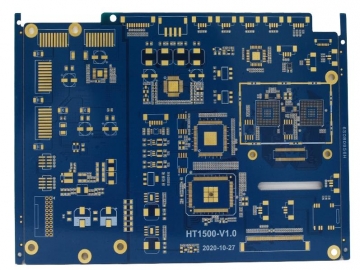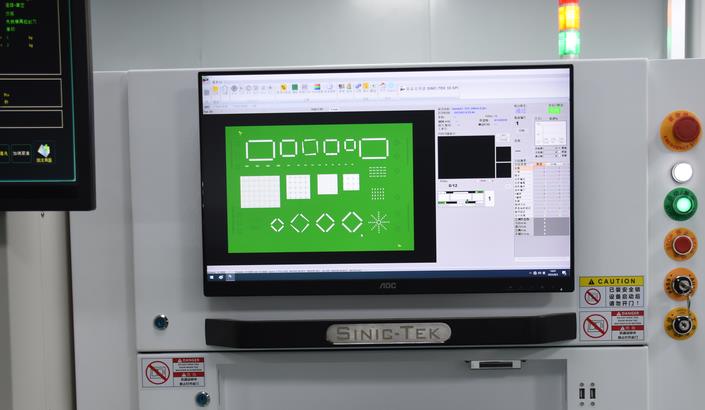What is the cheapest PCB finish?
Organic Solderability Preservative (OSP): OSP is a common and relatively inexpensive PCB surface treatment technology. It chemically grows a thin organic film on the copper surface to protect it from oxidation and corrosion. This finish is suitable for low-cost, short-term applications where high solderability is not the primary concern.
Hot Air Solder Leveling (HASL): HASL is a process where a layer of molten tin-lead solder is applied to the PCB surface and then leveled using heated compressed air. This provides a good solderable surface at a relatively low cost. However, it may not be suitable for all applications due to its potential for uneven solder coverage and its lead content (though lead-free versions are available).
It's important to note that the cost of a PCB finish is not the only factor to consider when selecting one. Other factors such as the PCB's intended use, operating conditions, solderability requirements, and environmental considerations should also be taken into account. Additionally, the cost of a PCB finish can vary depending on the manufacturer, the materials used, and the production process.
Ultimately, the cheapest PCB finish will depend on your specific requirements and the options available from your PCB manufacturer. It's recommended to consult with a PCB manufacturer to determine the most cost-effective finish for your application.
Tags: PCB /
Prev: How much does it cost to prototype a PCB?
Next: How is PCB design priced?








